734 photos posted.
Army to launch cruise missile-detecting aerostat at Aberdeen Proving Ground
12-17-2014
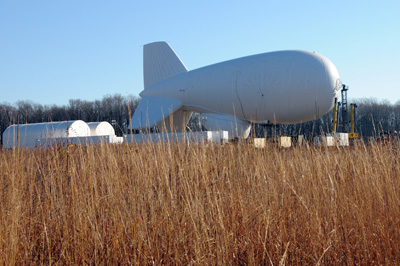
The Army plans to launch an aerostat, part of the "Joint Land Attack Cruise Missile Defense Elevated Netted Sensor," in late December 2014. The JLENS aerostat will be tethered to the ground at Graces Quarters, part of Aberdeen Proving Ground, Md. It will float at an altitude of about 10,000 feet. The aerostat carries radar equipment meant to help better detect cruise missiles.

The Army plans to launch an aerostat, part of the "Joint Land Attack Cruise Missile Defense Elevated Netted Sensor," in late December 2014. The JLENS aerostat will be tethered to the ground at Graces Quarters, part of Aberdeen Proving Ground, Md. It will float at an altitude of about 10,000 feet. The aerostat carries radar equipment meant to help better detect cruise missiles.
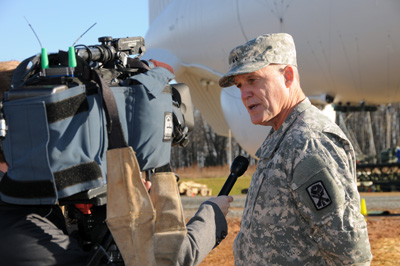
Maj. Gen. Glenn Bramhall , commander, 263rd Army Air and Missile Defense Command, spoke with members of the press during a Dec. 17, 2014, media day at Graces Quarters, part of Aberdeen Proving Ground, Md. During the media day, Army officials discussed the upcoming launch of an aerostat -- part of the larger "Joint Land Attack Cruise Missile Defense Elevated Netted Sensor" system. The JLENS aerostat will be tethered to the ground at Graces Quarters, and will float at an altitude of about 10,000 feet. The aerostat carries radar equipment meant to help better detect cruise missiles.
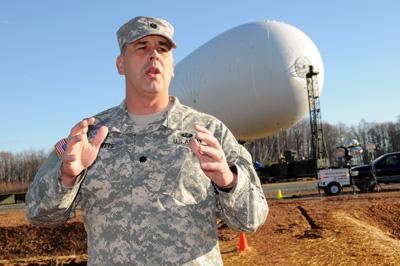
Lt. Col. William Pitts , with 263rd Army Air Defense Command, spoke with members of the press during a Dec. 17, 2014, media day at Graces Quarters, part of Aberdeen Proving Ground, Md. During the media day, Army officials discussed the upcoming launch of an aerostat -- part of the larger "Joint Land Attack Cruise Missile Defense Elevated Netted Sensor" system. The JLENS aerostat will be tethered to the ground at Graces Quarters, and will float at an altitude of about 10,000 feet. The aerostat carries radar equipment meant to help better detect cruise missiles.
Soldier uniforms may one day detect, neutralize biological threats
12-12-2014
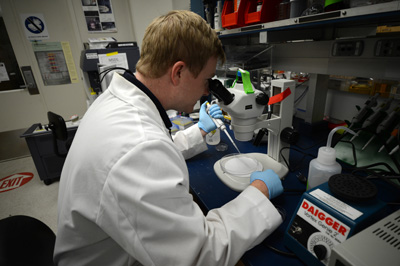
Postdoctoral scholar Matt Coppock examines under the microscope chemical elements used to create synthetic peptides to detect biological hazards at the Army Research Laboratory in Adelphi, Md.

Postdoctoral scholar Matt Coppock ; Dimitra Stratis-Cullum , Ph.D., the Biomaterials team leader with the Sensors and Electron Devices Directorate; and James J. Sumner , Ph.D, the chief of the Biotechnology Branch and a supervisory chemist in the Sensors and Electron Devices Directorate at the Army Research Laboratory in Adelphi, Md., have developed and are producing in small batches synthetic peptides they believe will serve as great replacements for animal-grown antibodies currently used to detect biological hazards.
Industry mentorships could help Soldiers transition after Army
11-14-2014
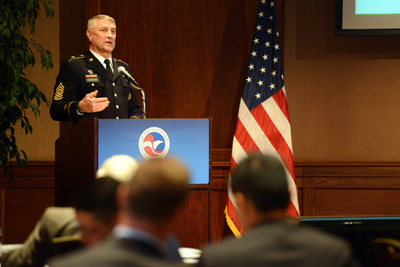
While speaking to an audience of industry representatives, Nov. 12, 2014, at the U.S. Chamber of Commerce, during a meeting of the Veteran and Military Spouse Employment Advisory Council, Sgt. Maj. of the Army Raymond F. Chandler III suggested that a kind of industry mentorship might better help Soldiers find work after they leave the Army.
U.S., Korean reps lay wreath at war memorial
10-15-2014
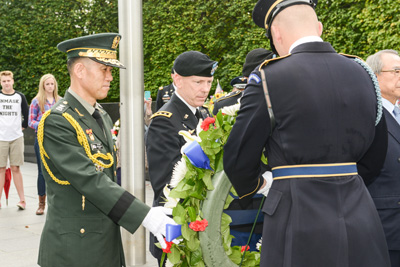
Lt. Gen. Bernard S. Champoux , 8th Army commander; along with Maj. Gen. Shin Kyoung Soo , Republic of Korea defense attaché to the United States, placed a wreath at the Korean War Memorial, Oct. 15, 2014, in Washington, D.C.
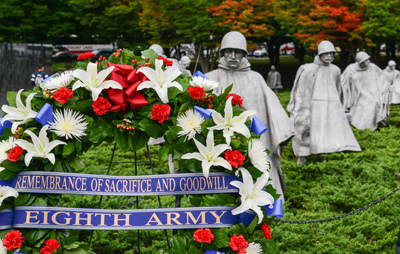
At the Korean War Memorial, Oct. 15, 2014, in Washington, D.C., U.S. Army generals and representatives of the Republic of Korea and its Army laid wreaths to commemorate those who fought in the three-year-long conflict in that country.
Unique PT commemorates 9/11 events
09-11-2014

Army Staff Sgt. River Mitchell participated in an intense physical training workout at the Pentagon, Sept. 11, 2014, held to commemorate the 13th anniversary of 9/11. Mitchell, vice president of the Military District of Washington Sergeant Audie Murphy Club, also planned the event.
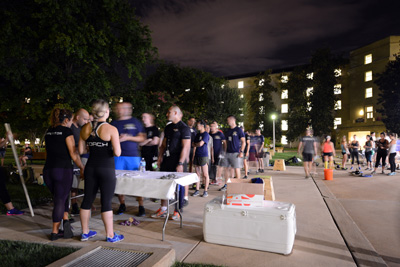
Participants sign in before beginning an intense physical training workout at the Pentagon, Sept. 11, 2014. The workout was held to commemorate the 13th anniversary of 9/11.

Kettle bells were used by participants during an intense physical training workout at the Pentagon, Sept. 11, 2014. The workout was held to commemorate the 13th anniversary of 9/11.
94th Infantry Division vets reunite to remember World War II
07-01-2014
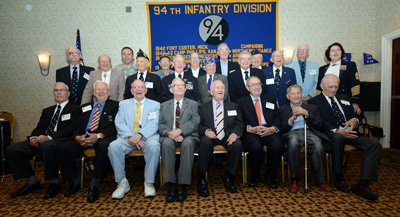
Some 20 World War II veterans of the 94th Infantry Division gathered in Arlington, Va., June 28, 2014, for their 65th annual reunion.
Army celebrates 239 years of history at 2014 Army Birthday Ball
06-22-2014
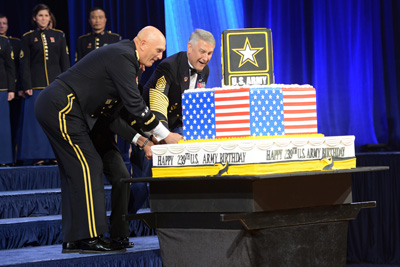
Chief of Staff of the Army Gen. Ray Odierno , Secretary of the Army John M. McHugh (obscured in the center), and Sgt. Maj. of the Army Raymond F. Chandler III, cut the birthday cake during the 2014 Army Birthday Ball, June 21, 2014, at National Harbor, Md.
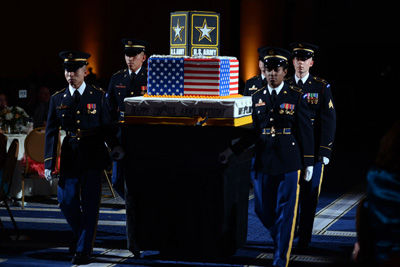
Soldiers with the 3d U.S. Infantry Regiment (The Old Guard), bring in the birthday cake during the 2014 Army Birthday Ball, June 21, 2014, at National Harbor, Md.
Tens of thousands draw attention to POWs, MIAs as part of Rolling Thunder XXVII
05-26-2014

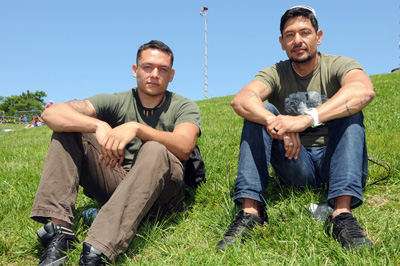
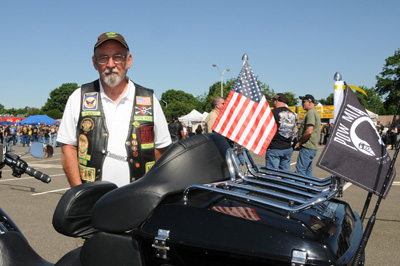
During 'Military Saves Week,' Army reminds Soldiers of year-round financial education
02-21-2014

As the Department of Defense embarks on "Military Saves Week," Feb. 24 through March 1, the Army wants Soldiers and their families to know that year-round it provides financial education -- including information on how to save -- at installations across the force.
Vice chief honors black engineers at 2014 BEYA conference
02-09-2014
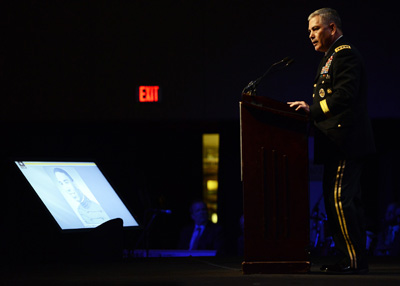
At this year's 9th Annual Stars and Stripes recognition dinner, part of the 2014 Black Engineer of the Year STEM conference, Feb. 7, 2014, in Washington, D.C., Vice Chief of Staff of the Army Gen. John F. Campbell served as the keynote speaker and presenter for two awards to both uniformed and Senior Executive Service African-American engineers.
Army adjusts retention control points for junior enlisted
02-05-2014
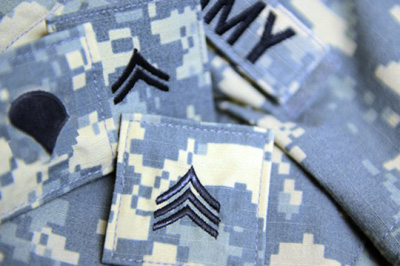
The Army has announced changes to retention control points for Soldiers in the ranks of corporal through sergeant. The changes took effect Feb. 1, 2014.
Women leaders serve as role models, whether they realize it or not
01-23-2014
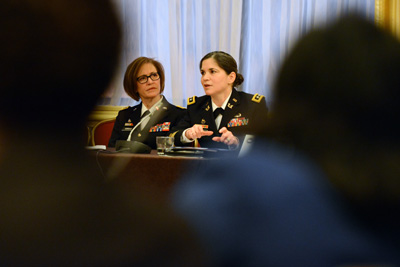
Surgeon General of the Army Lt. Gen. Patricia D. Horoho and Judge Advocate General of the Army Lt. Gen. Flora D. Darpino , spoke Jan. 22, 2014, before the Women Mayors' Caucus in Washington, D.C. The caucus is part of the larger United States Conference of Mayors, for mayors of cities with 30,000 or more citizens. The group held its 82nd Winter Meeting, Jan 22-24, in the nation's capital.
Safety top priority on chem-demil ship, officials say
01-14-2014
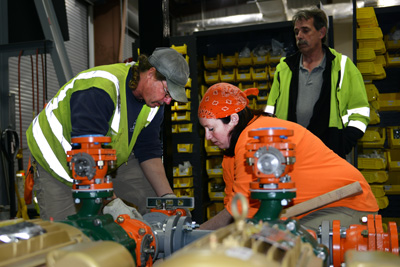
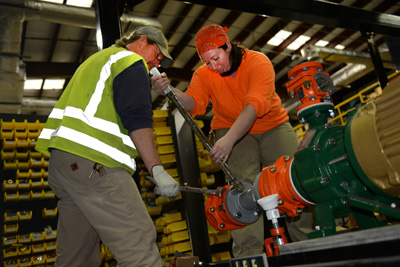
Army team to destroy Syrian chemical weapons afloat
01-03-2014
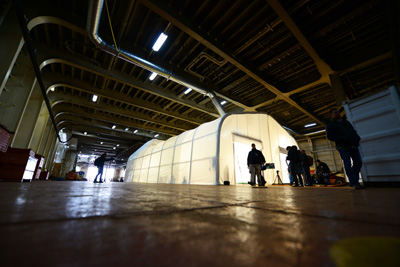
This tent, inside the Cape Ray, a nearly 650-foot-long ship, contains two "field deployable hydrolysis systems." The FDHS is designed to neutralize chemical weapons. Each $5 million system can, depending on the material, process between 5 to 25 metric tons of material a day. With two systems, that means as much as 50 metric tons a day of chemical warfare agents can be destroyed. The mission requires disposal of 700 metric tons of material.
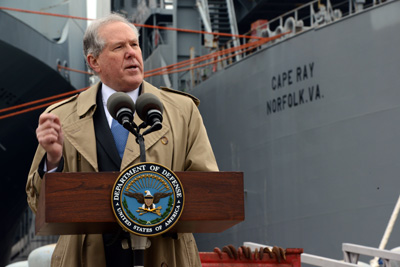
Frank Kendall, under secretary of Defense for Acquisition, Technology and Logistics, spoke outside the Cape Ray, Jan. 2, to discuss the ship's upcoming mission to destroy chemical weapons.

Two of these "field deployable hydrolysis systems" are now installed on the Cape Ray, a nearly 650-foot-long ship now in Portsmouth, Va. The FDHS is designed to neutralize chemical weapons. Each $5-million system can, depending on the material, process between 5 to 25 metric tons of material a day. With two systems, that means as much as 50 metric tons a day of chemical warfare agents can be destroyed. The mission requires disposal of 700 metric tons of material.
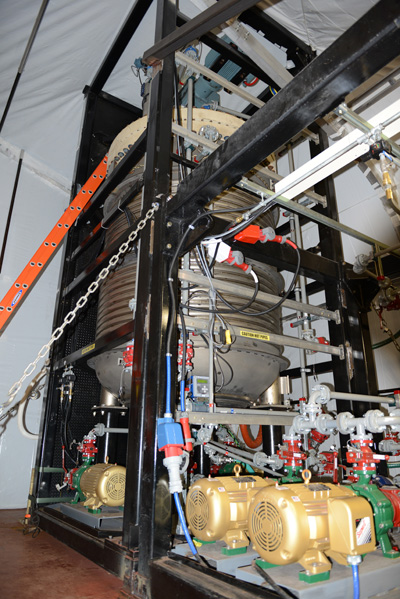
Two of these "field deployable hydrolysis systems" are now installed on the Cape Ray, a nearly 650-foot-long ship now in Portsmouth, Va. The FDHS is designed to neutralize chemical weapons. Each $5-million system can, depending on the material, process between 5 to 25 metric tons of material a day. With two systems, that means as much as 50 metric tons a day of chemical warfare agents can be destroyed. The mission requires disposal of 700 metric tons of material.
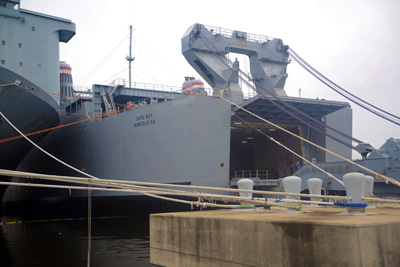
The Cape Ray, a nearly 650-foot-long ship, was equipped with "field deployable hydrolysis systems." The FDHS is designed to neutralize chemical weapons. Each $5-million system can, depending on the material, process between 5 to 25 metric tons of material a day. With two systems, that means as much as 50 metric tons a day of chemical warfare agents can be destroyed.